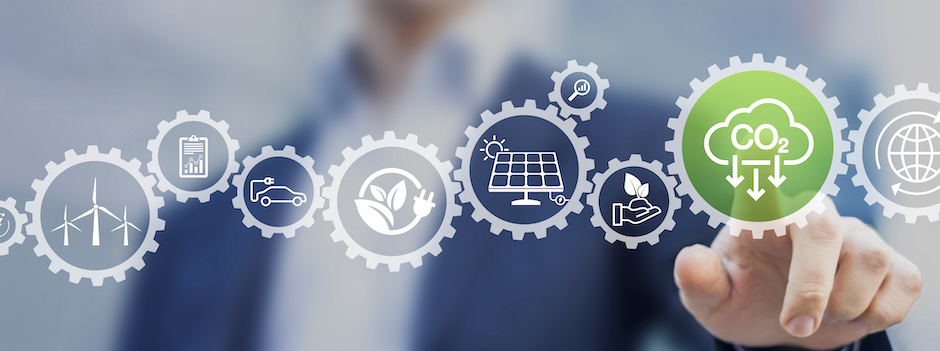All sectors could halve emissions by 2030, says IPCC
The latest IPCC report finds that there are ‘options in all sectors’ to at least halve emissions by 2030, but ‘deep and immediate’ action is required to make it happen.

Published yesterday (4 April 2022), the report from the IPCC (Intergovernmental Panel on Climate Change) highlighted that although annual average global greenhouse gas (GHG) emissions were at their highest levels in human history from 2010 - 2019, growth rate has slowed.
Since 2010 there has been sustained decreases of up to 85 per cent in the costs of solar and wind energy, and batteries, the IPCC said — however, limiting global warming to 1.5°C will be ‘beyond reach’ without immediate emissions reductions across all sectors.
“We are at a crossroads. The decisions we make now can secure a liveable future. We have the tools and know-how required to limit warming,” said IPCC chair Hoesung Lee.
“I am encouraged by climate action being taken in many countries. There are policies, regulations and market instruments that are proving effective. If these are scaled up and applied more widely and equitably, they can support deep emissions reductions and stimulate innovation.”
Register now to continue reading
Thanks for visiting The Engineer. You’ve now reached your monthly limit of news stories. Register for free to unlock unlimited access to all of our news coverage, as well as premium content including opinion, in-depth features and special reports.
Benefits of registering
-
In-depth insights and coverage of key emerging trends
-
Unrestricted access to special reports throughout the year
-
Daily technology news delivered straight to your inbox










Water Sector Talent Exodus Could Cripple The Sector
Maybe if things are essential for the running of a country and we want to pay a fair price we should be running these utilities on a not for profit...